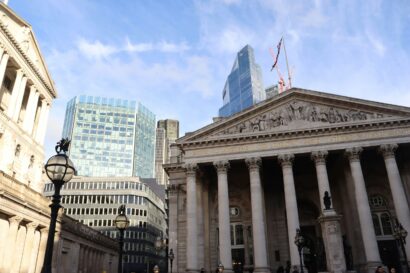REPORTS & BRIEFINGS | 12/11/2017
Increasing investment in natural capital

One of the greatest barriers to private investment in Natural Capital is the lack of a reliable revenue stream. There are several actions the private sector can take to overcome this barrier and boost the market which are set out in this report.
What is natural capital?
Natural capital describes the stock of renewable and non-renewable natural resources (i.e. plants, animals, air, water, soils, minerals) that provide a flow of benefits to people and our economy, including ecosystem services such as the provision of healthy air, clean water, food, timber, livelihood and opportunities for recreation as well as the regulation of flood risk and climate change through carbon sequestration.
A natural capital approach considers impacts and dependencies on the natural environment to value natural capital.[1] All the reasons for protecting and restoring the natural environment cannot be captured by this approach and the term ‘natural capital’ has its critics, given the implicit commodification of nature. However, any business case for natural capital improvements relies on an assessment of the benefits of these goods and services. The term ‘natural capital’ has the advantage of opening up conversations with the investment world and of beginning to internalise the value that natural resources convey.
Who invests in natural capital?
Currently, most projects are funded by public agencies, conservation organisations and landowners with a social and environmental imperative, such as the Wildlife Trusts or National Trust. Industry plays a role in natural capital protection – particularly globally – as part of corporate social responsibility (CSR) but more importantly in order to protect and improve their supply chains.
Natural capital projects are potentially suitable for a range of investor classes, with the appropriate investor depending on the project type.
There has been a lack of interest from mainstream investors in this market to date. Even bodies with a clear mandate such as the former Green Investment Bank (GIB) have struggled to break into this space. This is partly because the market lacks a track record and is high risk, therefore driving up the cost of investment. Most projects are also early-stage projects which fall outside the risk appetite of institutional investors, but also lack the returns to appeal to venture capital. As the market is not established they also tend not to be attractive to retail lenders such as high-street banks. Due to the local benefits of natural capital projects, such as improved air quality and recreational benefits, there may be scope for community finance to fund local projects. There is a clear need to increase the amount of private capital investment in natural capital.


